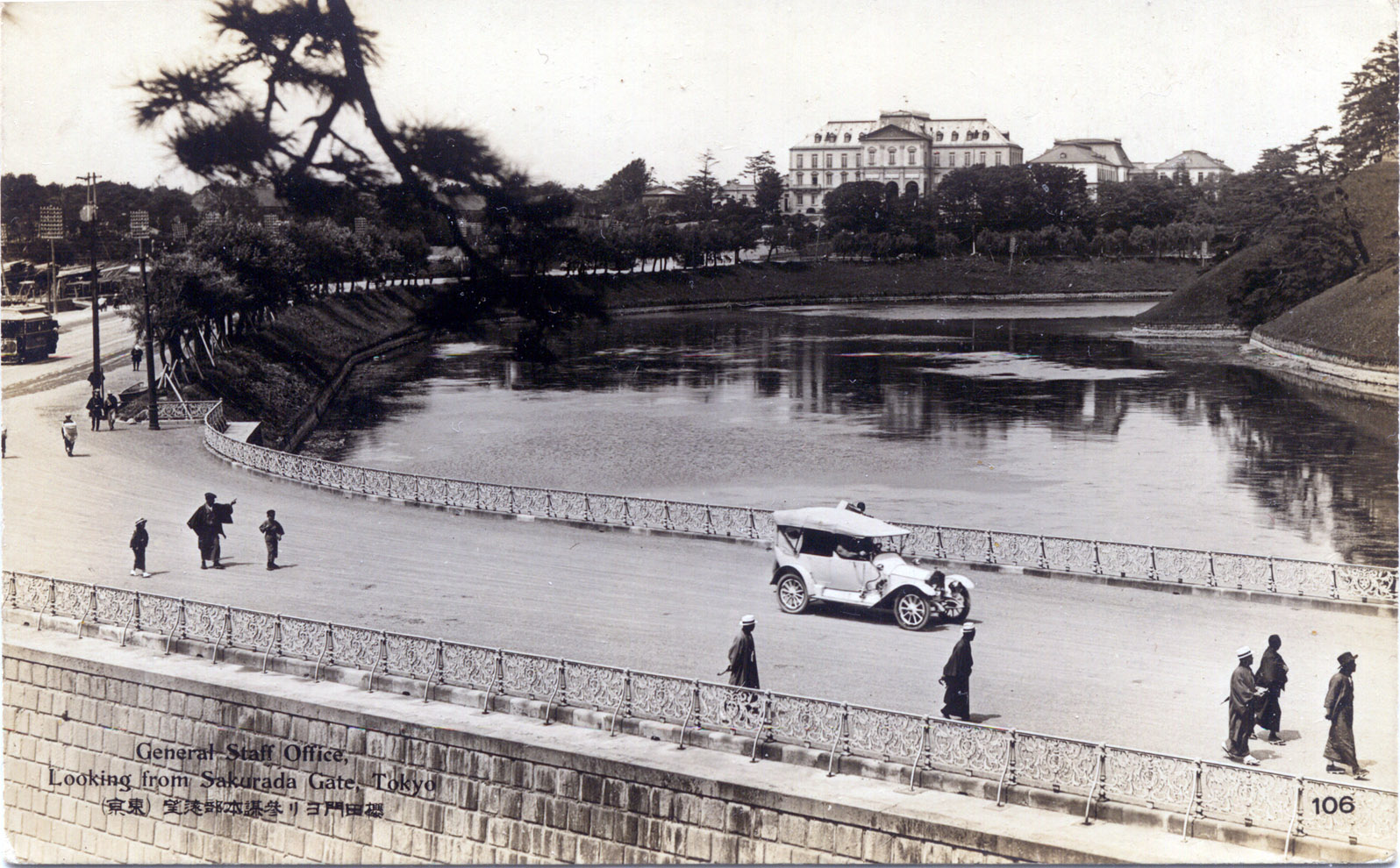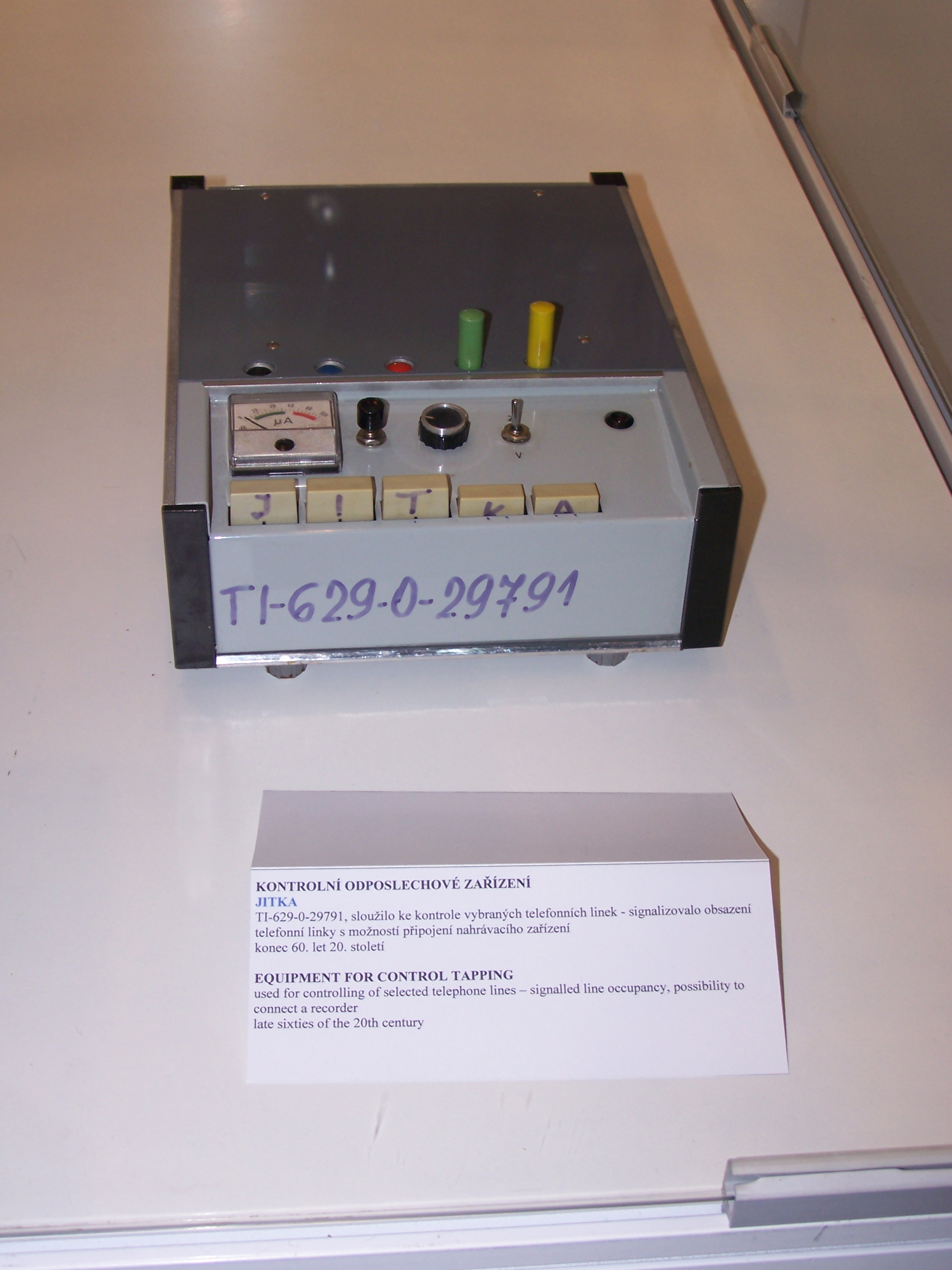|
Iwakuro Hideo
was a major general in the Imperial Japanese Army during World War II. He is also known as one of the founders of the Kyoto Sangyo University. Biography Early career Iwakuro was born on Kurahashi-jima in the Inland Sea (then part of Aki County, Hiroshima prefecture). Although he grew up on the island neighboring Etajima (where the Imperial Japanese Naval Academy was located), Iwakuro had no interest in a naval career, and was sent for schooling to a military academy in Nagoya. He graduated from the 30th class of the Imperial Japanese Army Academy in 1918, and was assigned to the 16th Infantry Regiment, based at Shibata city in the Hokuetsu region of Japan. In September 1920, Iwakuro's regiment was assigned as part of the Japanese expeditionary force participating in the Siberian Intervention, and Iwakuro participated in numerous combat missions against Bolshevik partisans. In 1921, Iwakuro was transferred to the Taiwan Army of Japan, and was based in Taichung. He returned to m ... [...More Info...] [...Related Items...] OR: [Wikipedia] [Google] [Baidu] |
Hiroshima Prefecture
is a Prefectures of Japan, prefecture of Japan located in the Chūgoku region of Honshu. Hiroshima Prefecture has a population of 2,811,410 (1 June 2019) and has a geographic area of 8,479 km² (3,274 sq mi). Hiroshima Prefecture borders Okayama Prefecture to the east, Tottori Prefecture to the northeast, Shimane Prefecture to the north, and Yamaguchi Prefecture to the southwest. Hiroshima is the capital and largest city of Hiroshima Prefecture, and the largest city in the Chūgoku region, with other major cities including Fukuyama, Hiroshima, Fukuyama, Kure, Hiroshima, Kure, and Higashihiroshima. Hiroshima Prefecture is located on the Seto Inland Sea across from the island of Shikoku, and is bounded to the north by the Chūgoku Mountains. Hiroshima Prefecture is one of the three prefectures of Japan with more than one UNESCO World Heritage Site. History The area around Hiroshima was formerly divided into Bingo Province and Aki Province. This location has been a center of tra ... [...More Info...] [...Related Items...] OR: [Wikipedia] [Google] [Baidu] |
Taiwan Army Of Japan
The was an army of the Imperial Japanese Army recruited from, and stationed on, the island of Taiwan as a garrison A garrison (from the French ''garnison'', itself from the verb ''garnir'', "to equip") is any body of troops stationed in a particular location, originally to guard it. The term now often applies to certain facilities that constitute a mil ... force. History Following the First Sino-Japanese War, the Treaty of Shimonoseki transferred control of Taiwan from Qing dynasty China to the Empire of Japan. The Japanese government established the Governor-General of Taiwan based in Taipei. The Governor-General of Taiwan was given control of local military forces on 20 August 1919, which formed the nucleus of the Taiwan Army of Japan. Primarily a garrison force, the Japanese Taiwan Army was placed under control of the Shanghai Expeditionary Army at the start of the Second Sino-Japanese War in 1937. A component of the Taiwan Army, the Taiwan Independent Combined Brig ... [...More Info...] [...Related Items...] OR: [Wikipedia] [Google] [Baidu] |
Wang Jingwei
Wang Jingwei (4 May 1883 – 10 November 1944), born as Wang Zhaoming and widely known by his pen name Jingwei, was a Chinese politician. He was initially a member of the left wing of the Kuomintang, leading a government in Wuhan in opposition to the right-wing government in Nanjing, but later became increasingly anti-communist after his efforts to collaborate with the Chinese Communist Party ended in political failure. His political orientation veered sharply to the right later in his career after he collaborated with the Japanese. Wang was a close associate of Sun Yat-sen for the last twenty years of Sun's life. After Sun's death in 1925 Wang engaged in a political struggle with Chiang Kai-shek for control over the Kuomintang, but lost. Wang remained inside the Kuomintang, but continued to have disagreements with Chiang until the outbreak of the Second Sino-Japanese War in 1937, after which he accepted an invitation from the Japanese Empire to form a Japanese-supported co ... [...More Info...] [...Related Items...] OR: [Wikipedia] [Google] [Baidu] |
Imperial Japanese Army General Staff
The , also called the Army General Staff, was one of the two principal agencies charged with overseeing the Imperial Japanese Army. Role The was created in April 1872, along with the Navy Ministry, to replace the Ministry of Military Affairs (''Hyōbushō'') of the early Meiji government. Initially, the Army Ministry was in charge of both administration and operational command of the Imperial Japanese Army however, from December 1878, the Imperial Army General Staff Office took over all operational control of the Army, leaving the Army Ministry only with administrative functions. The Imperial Army General Staff was thus responsible for the preparation of war plans; the military training and employment of combined arms military intelligence; the direction of troop maneuvers; troop deployments; and the compilation of field service military regulations, military histories, and cartography. The Chief of the Army General Staff was the senior ranking uniformed officer in the Imper ... [...More Info...] [...Related Items...] OR: [Wikipedia] [Google] [Baidu] |
Counterfeit Money
Counterfeit money is currency produced without the legal sanction of a state or government, usually in a deliberate attempt to imitate that currency and so as to deceive its recipient. Producing or using counterfeit money is a form of fraud or forgery, and is illegal. The business of counterfeiting money is nearly as old as money itself: plated copies (known as Fourrées) have been found of Lydia#First coinage, Lydian coins, which are thought to be among the first Western coins. Before the introduction of Banknotes, paper money, the most prevalent method of counterfeiting involved mixing base metals with pure gold or silver. Another form of counterfeiting is the production of documents by legitimate printers in response to fraudulent instructions. During World War II, the Nazis Operation Bernhard, forged British pounds and American dollars. Today some of the finest counterfeit banknotes are called ''Superdollars'' because of their high quality and imitation of the real US dollar. T ... [...More Info...] [...Related Items...] OR: [Wikipedia] [Google] [Baidu] |
Wiretapping
Telephone tapping (also wire tapping or wiretapping in American English) is the monitoring of telephone and Internet-based conversations by a third party, often by covert means. The wire tap received its name because, historically, the monitoring connection was an actual electrical tap on the telephone line. Legal wiretapping by a government agency is also called lawful interception. Passive wiretapping monitors or records the traffic, while active wiretapping alters or otherwise affects it. Legal status Lawful interception is officially strictly controlled in many countries to safeguard privacy; this is the case in all liberal democracies. In theory, telephone tapping often needs to be authorized by a court, and is again in theory, normally only approved when evidence shows it is not possible to detect criminal or subversive activity in less intrusive ways. Oftentimes, the law and regulations require that the crime investigated must be at least of a certain severity. Illegal ... [...More Info...] [...Related Items...] OR: [Wikipedia] [Google] [Baidu] |
Court Martial
A court-martial or court martial (plural ''courts-martial'' or ''courts martial'', as "martial" is a postpositive adjective) is a military court or a trial conducted in such a court. A court-martial is empowered to determine the guilt of members of the armed forces subject to military law, and, if the defendant is found guilty, to decide upon punishment. In addition, courts-martial may be used to try prisoners of war for war crimes. The Geneva Conventions require that POWs who are on trial for war crimes be subject to the same procedures as would be the holding military's own forces. Finally, courts-martial can be convened for other purposes, such as dealing with violations of martial law, and can involve civilian defendants. Most navies have a standard court-martial which convenes whenever a ship is lost; this does not presume that the captain is suspected of wrongdoing, but merely that the circumstances surrounding the loss of the ship be made part of the official record. ... [...More Info...] [...Related Items...] OR: [Wikipedia] [Google] [Baidu] |
Manchukuo
Manchukuo, officially the State of Manchuria prior to 1934 and the Empire of (Great) Manchuria after 1934, was a puppet state of the Empire of Japan in Northeast China, Manchuria from 1932 until 1945. It was founded as a republic in 1932 after the Japanese invasion of Manchuria, and in 1934 it became a constitutional monarchy under the ''de facto'' control of Japan. It had limited Diplomatic recognition, international recognition. The area was the homeland of the Manchu people, Manchus, including the emperors of the Qing dynasty. In 1931, Japanese invasion of Manchuria, Japan seized the region following the Mukden Incident. A pro-Japanese government was installed one year later with Puyi, the List of emperors of the Qing dynasty, last Qing emperor, as the nominal regent and later emperor. Manchukuo's government was dissolved in 1945 after the Surrender of Japan, surrender of Imperial Japan at the End of World War II in Asia, end of World War II. The territories claimed by Manc ... [...More Info...] [...Related Items...] OR: [Wikipedia] [Google] [Baidu] |
Kwantung Army
''Kantō-gun'' , image = Kwantung Army Headquarters.JPG , image_size = 300px , caption = Kwantung Army headquarters in Hsinking, Manchukuo , dates = April 1919 – August 1945 , country = , allegiance = Emperor of Japan , branch = , type = General Army , size = 300,000 (1940)763,000 (1941)713,000 (1945) , command_structure = , garrison = Ryojun, Kwantung Leased Territory (1906–1932) Hsinking, Manchukuo (1932–1945) , garrison_label = , nickname = , "Virtue" , patron = , motto = , colors = , colors_label = , march = , mascot = , equipment ... [...More Info...] [...Related Items...] OR: [Wikipedia] [Google] [Baidu] |
Manchurian Incident
The Mukden Incident, or Manchurian Incident, known in Chinese as the 9.18 Incident (九・一八), was a false flag event staged by Japanese military personnel as a pretext for the 1931 Japanese invasion of Manchuria. On September 18, 1931, Lieutenant Suemori Kawamoto of the Independent Garrison Unit of the 29th Japanese Infantry Regiment () detonated a small quantity of dynamite close to a railway line owned by Japan's South Manchuria Railway near Mukden (now Shenyang). The explosion was so weak that it failed to destroy the track, and a train passed over it minutes later. The Imperial Japanese Army accused Chinese dissidents of the act and responded with a full invasion that led to the occupation of Manchuria, in which Japan established its puppet state of Manchukuo six months later. The deception was exposed by the Lytton Report of 1932, leading Japan to diplomatic isolation and its March 1933 withdrawal from the League of Nations. The bombing act is known as the Liutiao ... [...More Info...] [...Related Items...] OR: [Wikipedia] [Google] [Baidu] |
Manchuria
Manchuria is an exonym (derived from the endo demonym " Manchu") for a historical and geographic region in Northeast Asia encompassing the entirety of present-day Northeast China (Inner Manchuria) and parts of the Russian Far East (Outer Manchuria). Its meaning may vary depending on the context: * Historical polities and geographical regions usually referred to as Manchuria: ** The Later Jin (1616–1636), the Manchu-led dynasty which renamed itself from "Jin" to "Qing", and the ethnicity from "Jurchen" to "Manchu" in 1636 ** the subsequent duration of the Qing dynasty prior to its conquest of China proper (1644) ** the northeastern region of Qing dynasty China, the homeland of Manchus, known as "Guandong" or "Guanwai" during the Qing dynasty ** The region of Northeast Asia that served as the historical homeland of the Jurchens and later their descendants Manchus ***Qing control of Dauria (the region north of the Amur River, but in its watershed) was contested in 1643 when ... [...More Info...] [...Related Items...] OR: [Wikipedia] [Google] [Baidu] |





